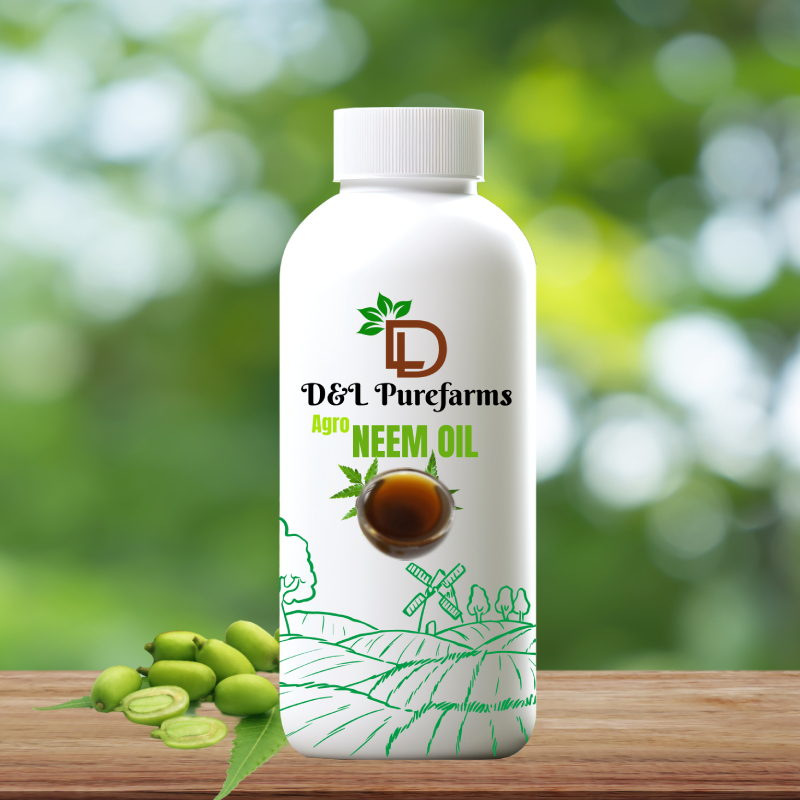Neem Oil for Agro
Product Code:KR00042
Neem oil ( Azadirachta indica oil ), is widely used in agriculture due to its natural pesticide properties. Neem oil is a vegetable oil extracted from the seeds and fruits of the neem tree, native to the Indian subcontinent. The oil has a strong, pungent odor and varies in color from golden yellow to brown. Its active compounds, particularly azadirachtin, are responsible for its pest-repellent properties. Neem oil's versatility and eco-friendly nature make it an essential component in integrated pest management (IPM) strategies, offering a sustainable approach to agriculture.
Neem oil exhibits broad-spectrum activity against a wide range of insect pests, including aphids, whiteflies, caterpillars, beetles, mites, and leafhoppers. Its efficacy extends to both larvae and adult stages of many insect species. It also works as antifeedant, repellent, and oviposition deterrent effects, which further contribute to its effectiveness in deterring pests from infesting plants and causing damage.
One of the distinct advantages of neem oil as a pesticide is its relatively low toxicity to non-target organisms, including humans, mammals, birds, and beneficial insects such as bees and ladybugs. This makes it a safer option for use in agricultural settings, reducing the risk of harmful effects on the environment and non-target species.

